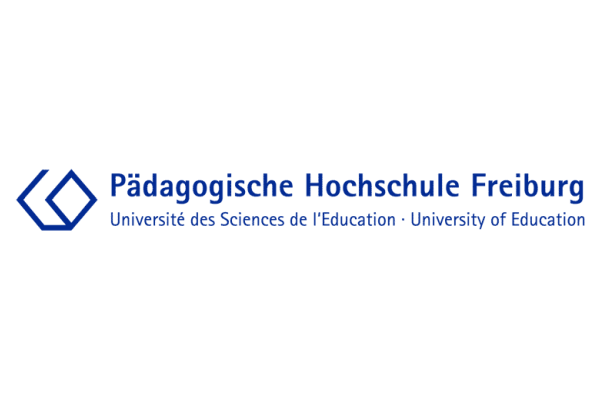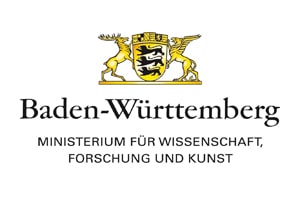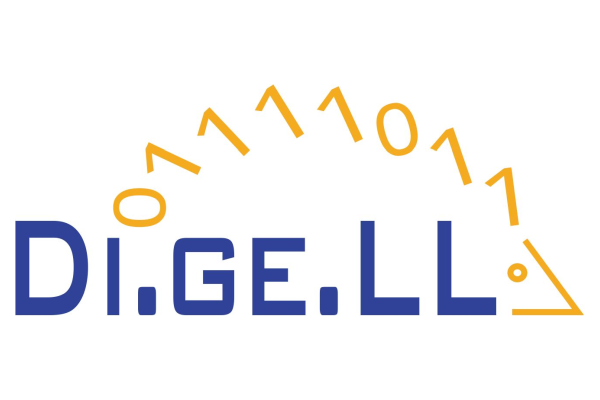
Research Training Group
Digitally-supported teaching-and-learning environments for cognitive activation (Phase 1)
Description
The research training group aims to develop and empirically validate research-based teaching and learning methods with digital tools for use in existing teaching practice. This helps to generate fundamental knowledge about successful digital support of subject-matter teaching and learning processes. A special focus is on the cognitive activation in phases of acquiring new knowledge – an area that depends to a large extent on the medial and subject-specific didactic quality of the digital teaching and learning environments used and which currently receives too little attention in research and practice.
The nine sub-projects are being carried out at the University of Education Freiburg and the University of Freiburg. Three further sub-projects in the subjects of art, music and sport are associated with the research training group, which are funded by the Federal Ministry of Education and Research (tenure-track program for the promotion of young academics). Maja Römer coordinates the research group. Prof. Dr. Frank Reinhold and Junior Prof. Dr. Maik Beege are responsible for the core curriculum of the research training group.
The research training group is supported by a scientific advisory board. This includes:
- Prof. Dr. Nikol Rummel, Ruhr-Universität Bochum, Educational Psychology
- Prof. Dr. Kristina Reiss, Technical University of Munich, Mathematics Education
- Prof. Dr. Katharina Scheiter, Universität Potsdam, Digital Education
Subprojects
Subproject 1: Understanding the functionality of technical systems through exploration of interactive 3D models.
When learners develop functional relationships of dynamic, technical systems, this aims at an understanding of the respective operating principles. In the sub-project, students interactively explore digital, three-dimensional models of dynamic technical systems from their everyday lives. In this way, a development, expansion and reorganization of knowledge about the structural composition of and spatiotemporal changes in technical systems should be achieved. Experimental studies examine how the exploration environment and instruction must be designed to support and promote the acquisition of the desired knowledge. Both the design of the exploration environment (e.g. provision of animations of technical systems) and the conditions of their use (e.g. structuring of the exploration procedure) are varied for this purpose.
Subproject 2: Area content formula of the trapezoid: promoting understanding by generating video-based explanations.
In the subproject, after a phase of individual knowledge construction, eighth graders create an explanation video about “the area calculation of the trapezoid” and thus report their state of knowledge. Essential for learning in this context is the activation of cognitive learning processes (activation of prior knowledge and generation of solution strategies) creating video-based explanations (Lachner et al., 2020). In contrast to previous studies, in the project conception subject-specific didactic criteria for explanatory quality are considered. In the problem-solving process of trapezoidal area calculation, the students are encouraged to generate own, different solution approaches (Hußmann et al., 2015) and to record their explanations video-aided (“video explanation”). In the subsequent teacher-led phase of knowledge construction the students reflect on these approaches and integrate their findings into the target knowledge (various formulae and their references and justifications). Based on previous insights (Lachner et al., 2020), we investigate in which phase (individual phase versus teacher-led phase of knowledge construction) the recording of a video explanation is more conducive to learning. In addition, the effect of different variants of support (creating video explanations) (cf. Hübner et al., 2010; Nückles et al., 2020) on the quality of the explanations and on learning success is investigated.
Subproject 3: Understanding swimming and sinking through a digital experimental environment.
The aim of the subproject is to investigate how knowledge acquisition and application in simulations can be supported by cognitive and metacognitive prompts in digital comics for learning about swimming and sinking. The subproject focuses on computer-based science discovery learning with simulations (de Jong & van Joolingen, 1998; Künsting et al., 2011). Learning in this individual phase is supported by learning strategy prompts in the comics. Prompts activate learners cognitively (Bannert, 2009): cognitive prompts encourage elaborative deep processing (Entwistle, 1988), metacognitive prompts encourage reflection in the sense of comprehension monitoring (Nückles & Wittwer, 2014; Künsting et al. 2013). A 2×2 design (with/without cognitive prompts; with/without metacognitive prompts) will be used to examine the effect of cognitive activation through prompts in the digital comics on learning outcomes.
Subproject 4: Learning systems thinking with simulations of ecological systems.
The subproject investigates how the development of facets of systemic thinking (in the project: using system models when dealing with complex dynamic problems in ecosystems) can be effectively supported with digital tools. The instructional support of systemic thinking follows the “Model of Problem-Oriented Teaching and Learning” (MoPoLL) (Rieß & Mischo, 2017; Fanta et al., 2019), which was designed for the scaffolding of scientific problem-solving skills, has proven itself repeatedly in fostering systemic thinking, and opens up numerous possibilities for cognitive activation supported by digital tools. It was derived from the 4C/ID model (Van Merriënboer & Kirschner, 2007) and includes several elements of cognitive activation. We investigate which effects the use of either digital qualitative, semi-qualitative or quantitative system models has on facets of systemic thinking. Second, the use of prompts in the form of verbal cues, reminders of demonstrated problem-solving strategies, feedback, and affirmations (Hsu, 2017) will be examined.
Subproject 5: Understanding literary figures with narrative computer games.
The subproject uses the interactive narrative computer game “A Normal Lost Phone” (Plug In Digital, 2017) in conjunction with digital learning journals to build literacy skills (Boelmann, 2015; 2017; Klossek, 2015; Boelmann & Klossek, 2013; König, 2020; Boelmann & König, in press) based on experiential learning (Buck, 2019; Dewey, 1938; Kolb, 1984; Kolb & Kolb, 2017). The focus is on the sub-competency literary figure comprehension with the levels figure identification, analysis, reflection (ibid.; Andringa, 2000; Rietz, 2017; Pissarek, 2013). In this context, the cognitive activation potentials of the game as an interactive experiential space (cf. Boelmann & Stechel, 2020; Squire, 2006; Kraam-Aulenbach, 2003) as well as the influence of explicitly guiding, cognitively activating work assignments on skill acquisition are investigated. The hypothesis is tested that the interactive elements of the computer game (especially inherent prompts) stimulate the learners to literary learning processes in the reception of the conveyed story in at least a comparable effective way as explicit instructions by the teacher.
Subproject 6: Understanding non-fiction texts through structural drawings.
In the subproject, students in grades 3 and 4 create digital drawings to monitor their learning from nonfiction texts with science content and thereby improve their comprehension (van de Pol et al., 2020). Monitoring comprehension contributes to high learning success in understanding age-appropriate nonfiction texts. However, often the accuracy of monitoring when learning from texts is low (Prinz et al., in press a) with a tendency to overestimate one’s own understanding (Wiley, 2019). Generative activities such as making drawings can help provide additional cues (cue-utilization framework; Koriat, 1997) that students can use to more accurately monitor their own understanding and thereby optimally regulate their further learning (Prinz et al., in press b; van de Pol et al., 2020). We will investigate the extent to which (a) digitally created drawings (with online support, e.g., through prefabricated parts of the drawings; Schmidgall et al., 2020) in an individual phase of reading provide diagnostic cues that students can use to monitor their understanding as closely as possible, and (b) how teachers can use information about the drawings to provide additional support for students’ knowledge acquisition.
Subproject 7: Digital learning journals to promote understanding and motivation to learn.
In this sub-project, learning journals are used for a more in-depth examination of the learning material during the knowledge acquisition phase of new content. Learning journals promote learners’ cognitive activation, learning success, and interest in the subject matter (Nückles et al., 2020; Wäschle et al., 2015). In the project, learning journals are created and archived online in a shared workspace, which enables peer feedback (Nückles et al., 2005) as well as teacher diagnosis of learning processes (Nückles, 2019). The project investigates to what extent the different technological realizations of the learning journal in writing versus audio/video (cf. Boelmann & König, in presss b; König, 2018) affect learning motivation and learning success (with different writing skills). Preliminary findings (Lachner et al., 2018) indicate that the audio/video format stimulates processes of elaboration compared to the traditional learning journal. In the controlled intervention studies, the technological realization (written learning journal entries versus audio/video journal clips) is varied intraindividually (i.e. all learners produce both) and the effect on learning success and motivation is measured. The learning journal are primarily written in German language education classes (Wäschle et al., 2015) and, for comparison purposes, additionally in biology classes (Glogger et al. 2012).
Subproject 8: Understanding data structures in statistical simulations.
In the subproject, students develop their conceptual understanding of comparing two data sets by using a digital simulation tool (Ben-Zvi & Garfield, 2004). Here, the boxplot is a suitable representation (Bakker et al., 2005), but its interpretation can be complicated by specific misconceptions (Edwards et al., 2017; Lem et al., 2013a). In the subproject, a digital simulation tool for exploratory data analysis is developed further, which helps learners to answer question prompts for the pairwise comparison of two data sets (Lem et al., 2015) based on one-dimensional point clouds (Bakker et al., 2005). In a subsequent teacher-led phase, corresponding refutation examples are used to contrast the errors in the student products (Lem et al., 2015; Loibl & Rummel, 2014). Under investigation is whether and how a digital learning environment can support goal-directed cognitive activities – i.e., in an individual phase, the generation of partially intuitive-erroneous pre-concepts (Lem et al., 2013b), and in a subsequent teacher-led phase, the systematization of contrasting errors (Loibl & Rummel, 2014) in a manner conducive to learning through refutational examples (Palmer, 2003; Hynd, 2001).
Subproject 9: Understanding data structures in statistical simulations.
In the subproject, students in late 5th grade develop a basic conceptual understanding of fractions as parts of a whole (Pithkethly & Hunting, 1996) using a digital modeling tool (Boomgarden et al., 2019, 2020). Central to the necessary conceptual change (Vosniadou & Verschaffel, 2004) is the detachment from preconcepts (especially natural number bias; Ni & Zhou, 2005) and the formation of appropriate mental models supported by the generation of visual models of fractions (Loibl & Leuders, 2018; Prediger, 2013; Rau et al., 2015). We investigate in which way a digital learning environment can initiate and support the central cognitive activities: The generation of learning-relevant pre-concepts in a problem-based individual phase of knowledge construction, as well as error processing (Loibl & Leuders, 2019) and generalization through solution comparison (Rittle-Johnson & Star, 2011). In the individual phase of knowledge construction, we investigate to what extent the digital learning environment supports the generation of the learning-relevant (partial) solutions (germane load) and to what extent it relieves from learning-obstructive activities (extraneous load), as they often occur when drawing with pen and paper. In the teacher-led comparison phase, a 2×2 design is used to investigate the contribution of the two types of comparison (comparison with incorrect solutions, comparison of application to different situations) to conceptual knowledge construction.
Subproject 10: Interpretive processes in literary text comprehension
The empirical investigation of literary interpretation processes (cf. Boelmann/König 2021; 2023; Schilcher/Pissarek 2013/2015; Heimböckel/Pavlik 2022; Bernhard/Hardtke 2022) is central to this sub-project. The process of interpretation is understood as the recipient’s individual engagement with a literary object by generating their own interpretative hypotheses and assigning it a subjective meaning.
The project investigates how the variation of cognitive load (cf. Sweller et al. 1998; 2019) of the students through different instructions and artifacts that have to be created (cf. Clark & Brennan 1991; Sweller, van Merriënboer & Paas 2019) during the text analysis influences their meaning interpretation processes and results. For this purpose, in a 2×2 design, instructions are designed to vary germane load and cognitive activity (cf. Winkler 2011; 2017; Hesse 2020), while the type of artifact that is to be generated is designed to vary extraneous load .
Subproject 11: Creative Literacies in Music. Functionality and originality of the elaboration of musical design tasks with a digital audio workstation.
Associated project with funding from the BMBF
In this subproject, creation processes and products are initiated as musical design tasks with a digital audio workstation (DAW) and investigated concerning conducive factors focusing on the learning goal of creative literacy in music (CLM).
In the production-oriented scenario, complexity-reducing musical pattern work (Roth, 2006; Schmidt-Oberländer & Jank, 2010) and non-linear, creativity-promoting playfulness (Schmid, 2019; Schmid & Doerne, 2020; Spring-Keller & Schmid, 2015) are embedded in a cooperative learning environment according to the sandbox or tinkeringprinciple (Resnick, 2012). The study pilots a generative sequencer tool and systematically interrelates the learning process and product quality in the research design. In the individual phase, the focus is on the elaboration of musical artefacts or the multi-stage creation processes (creation, reflection, re-creation) in the interplay of activating prior knowledge and generating innovative solution strategies (Gebauer, 2013). The influence of varied offer structures in the use of creative leeway (Kranefeld, 2021; Puffer & Hofmann, 2016; Rolle, 2010)as well as scaffolding structures (Buchborn & Theissohn, 2021) on learning success will then be examined. In a control group design, we will examine how the weighting of learner support affects the quality of the musical design products in terms of objectifiable convergence and innovative divergence (functionality/novelty) and learning success in the context of CLM.
Subproject 12: Tactical learning in sports by means of digital analysis tools.
Associated project with funding from the BMBF
The subproject investigates to what extent tactical learning in sports can be influenced by using a digital video-feedback tool. The focus lies on cognitive activities of learners during the construction of tactical knowledge, as this knowledge construction is currently discussed as particularly relevant in various subject-specific approaches to cognitive activation (Richartz & Kohake, 2021; Hapke & Waigel, 2019). In sports, tactical ability is understood as the player’s ability to perform the right action at the right time (Roth, 1989). Tactical knowledge, in turn, has a procedural and a declarative component (Anderson, 1987; Tenenbaum & Lidor, 2005; Thomas & Thomas, 1994), as only a combination of both forms of knowledge enables diverse actions in sports (Raab, 2001). Due to the overall DigeLL project’s focus on cognitive activation, the subproject will also focus on the declarative component of tactical knowledge. In this context, discovery learning is chosen as the instructional strategy, which in the context of tactical learning refers to the process of repeated trials as hypothesis testing (Vereijken & Whiting, 1990). In the subproject, a digital learning environment will be developed that contains elements of cognitive instruction in particular and can be used both in the students’ self-directed learning phases and in teacher-directed phases.
Subproject 13: Drawing signs with mixed and augmented reality uses promoting spacial imagination and depiction.
Associated project with funding from the BMBF
In this project, processes of digital-spatial drawing in connection with mixed and augmented reality are examined considering their promotion of favorable factors for spatial imagination and depiction (see Glaser-Henzer et al. 2012). Beginning with elementary exercises in design with letters and “Raumbuchstaben” (literally: “spatial letters”, C. Lazzaroni, B. Groß) the students develop their own personal “signature”. Lines drawn on a flat surface are transformed into spatial shapes while switching back and forth between analogue and digital media. Both in the transition from one medium to another and from two-dimensional to three-dimensional forms of representation, the drawn signs as well as the movements themselves are experienced differently (dynamically), for example through the use of reflections or rotations. Creative processes are documented by video and smartphone recordings (observation) and are extended upon by interviews with the students (self-perception) to use qualitative, empiric analysis to decipher individual as well as collaborative knowledge construction and aesthetic experiences. Especial attention is payed to the concrete functionalities and medial peculiarities of the specific tools used: Students should not only learn technical processes but beyond that experience and recognize the artistic potential of digital-spatial drawing. The project thereby attempts to contribute to the basic examination of and sensibilisation to medial and aesthetic dimensions of digital phenomena in the context of art and art education (see Bader/Karl 2022) and asks how an individual experience with the technical possibilities as well as the artistic potential of specific digital tools can be supported (visual and media literacy).
Doctoral students

Igor Gideon
Subproject 1: Understanding the functionality of technical systems through exploration of interactive 3D models.
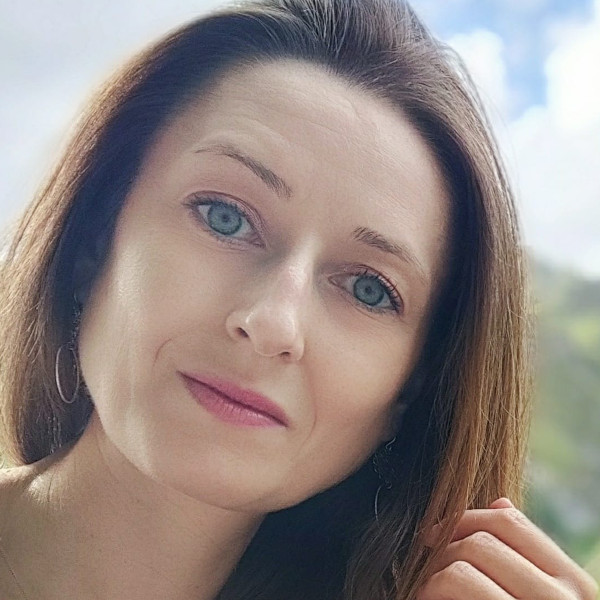
Jennifer Ursprung
Subproject 2: Area content formula of the trapezoid: promoting understanding by generating video-based explanations.
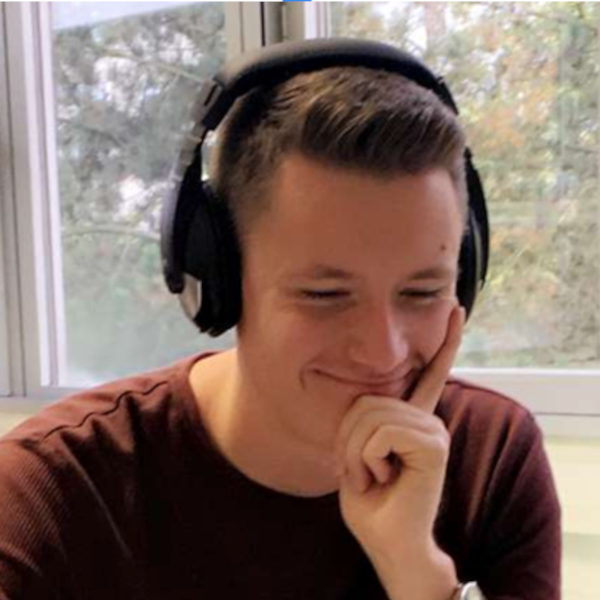
Tom Jungbluth
Subproject 3: Understanding swimming and sinking through a digital experimental environment.

Sven Frey
Subproject 4: Learning systems thinking with simulations of ecological systems.
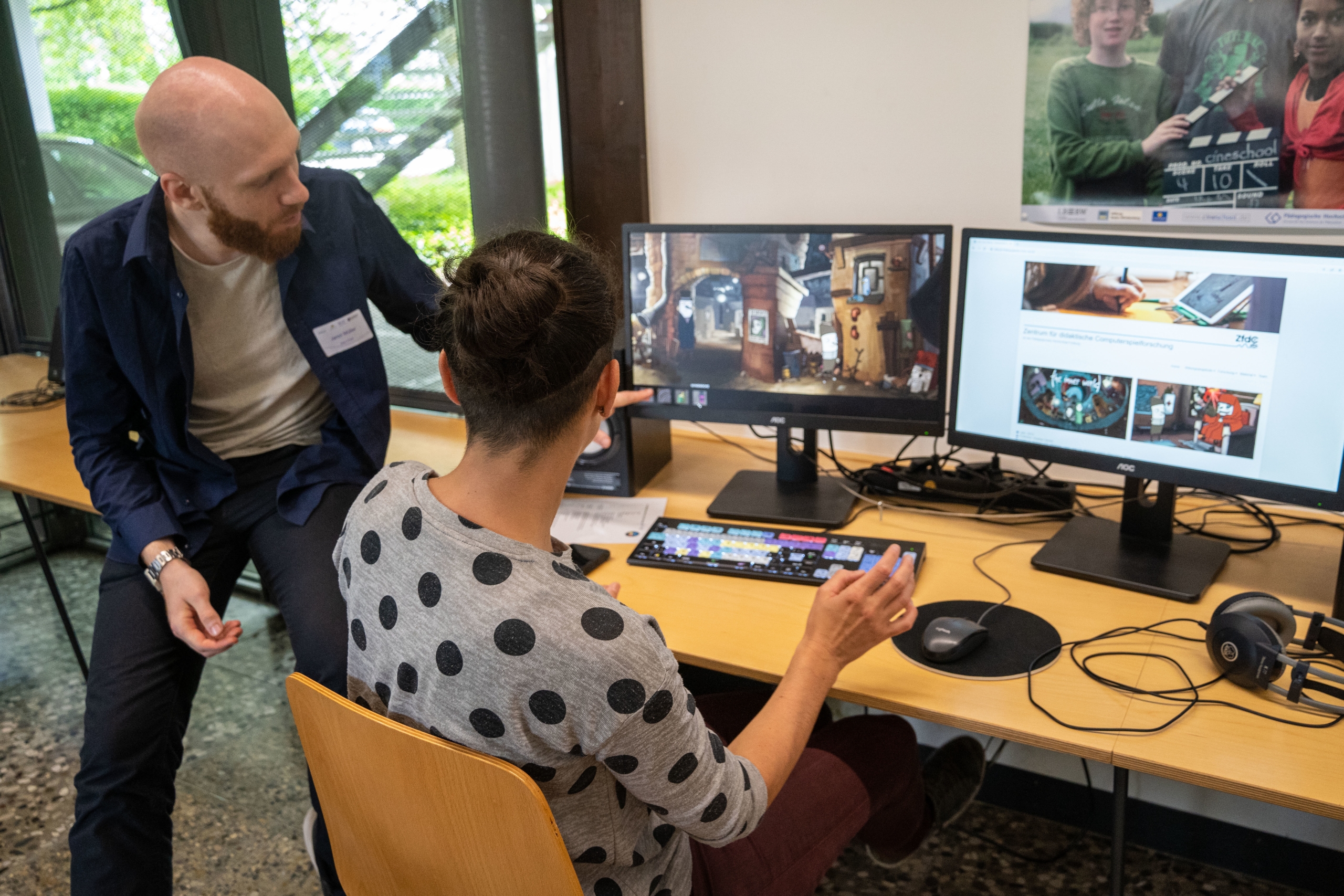
Jaron Müller
Subproject 5: Understanding literary figures with narrative computer games.
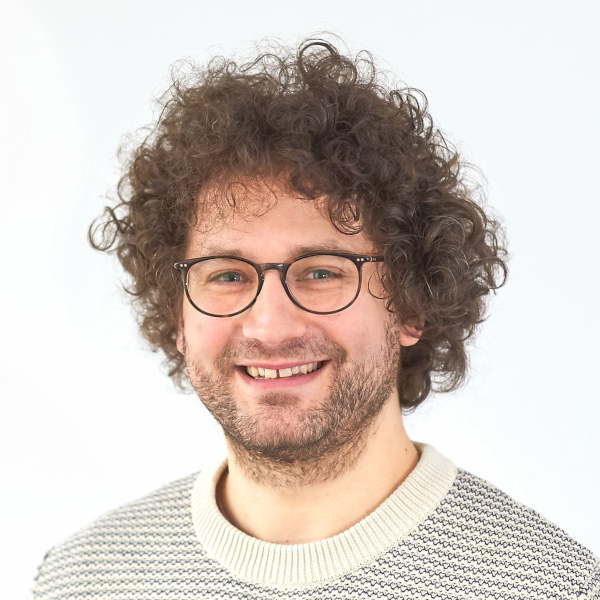
Felix Sprenger
Subproject 6: Understanding non-fiction texts through structural drawings.

Florian Luft
Subproject 7: Digital learning journals to promote understanding and motivation to learn.

Martin Abt
Subproject 8: Understanding data structures in statistical simulations.
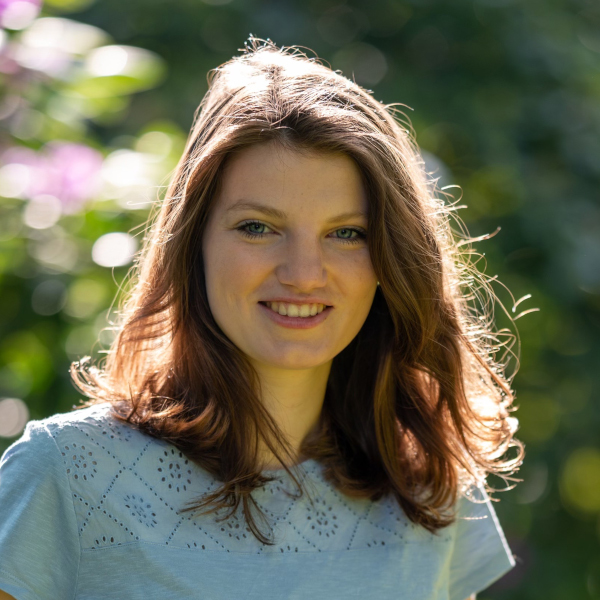
Rowena Merkel
Subproject 9: Understanding data structures in statistical simulations.
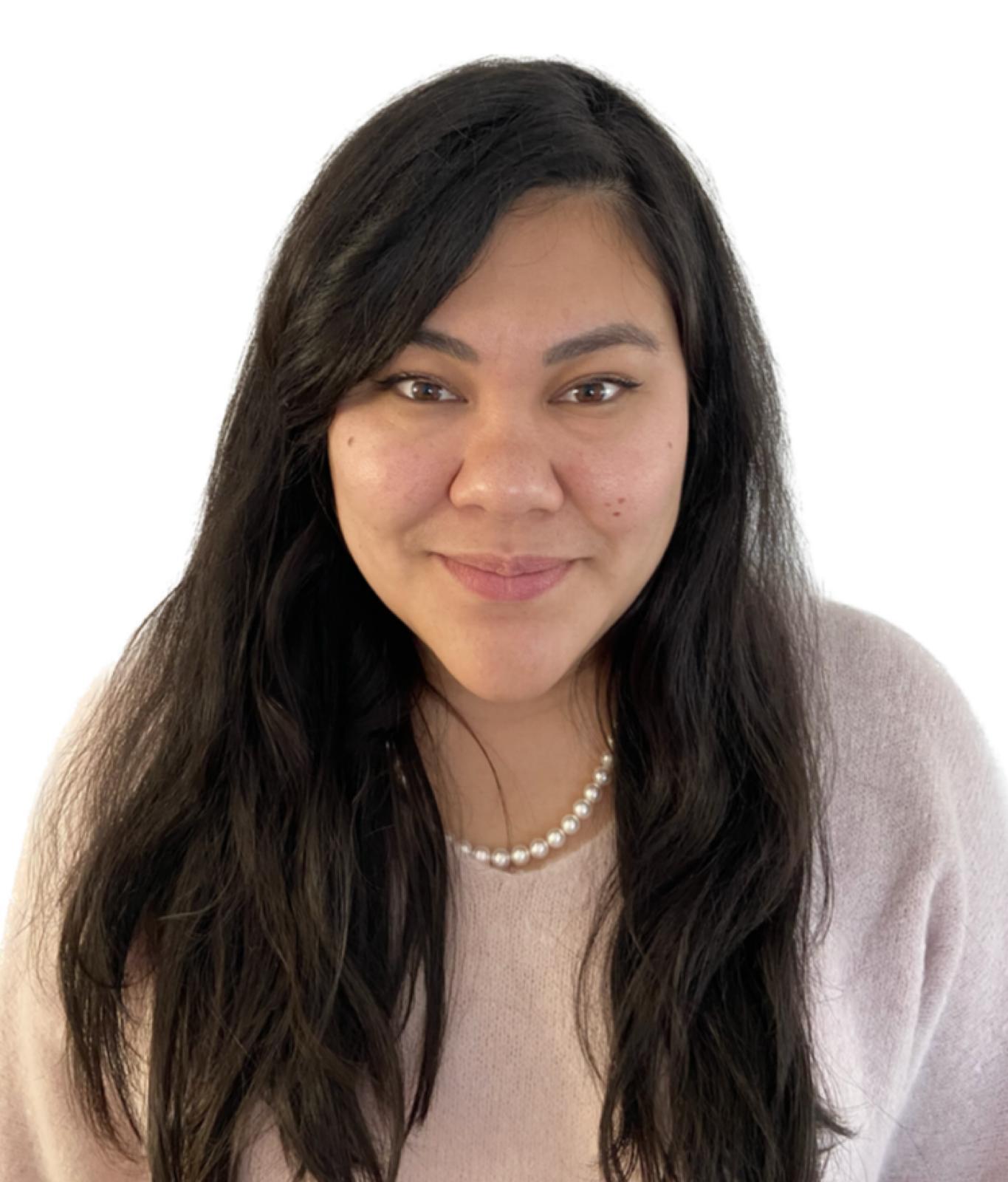
Maja Römer
Subproject 10: Interpretive processes in literature instruction.

Simon Krickl
Subproject 11: Creative Literacies in Music. Functionality and originality of the elaboration of musical design tasks with a digital audio workstation.
Associated project with funding from the BMBF
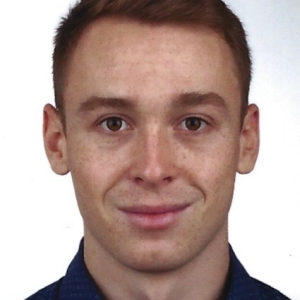
Marco Steger
Subproject 12: Tactical learning in sports by means of digital analysis tools.
Associated project with funding from the BMBF
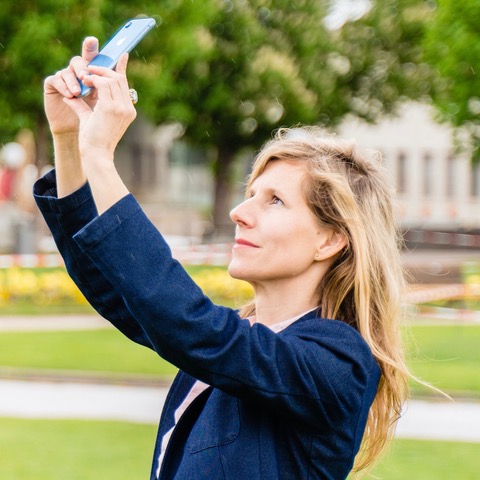
Angela Warnecke
Subproject 13: Drawing signs with mixed and augmented reality uses promoting spacial imagination and depiction.
Associated project with funding from the BMBF
Publications
Abt, M., Leuders, T., Loibl, K., & Reinhold, F. (2024). Ein verstehensorientierter Zugang zu Boxplots. Mit digitalen Explorationen zum Ziel. mathematik lehren.
Abt, M., Leuders, T., Loibl, K., Strohmaier, A., Van Dooren, W., & Reinhold, F. (2024). Revealing Cognitive Processes when Comparing Box Plots Using Eye-Tracking Data—A Pilot Study. Frontiers in Education, 9. https: //doi.org/10.3389/feduc.2024.1425663
Abt, M., Reinhold, F., & Van Dooren, W. (2023). Revealing Cognitive Processes when Comparing Box Plots Using Eye-Tracking Data—A Pilot Study. In M. Ayalon, B. Koichu, R. Leikin, L. Rubel & M. Tabach (Hrsg.), Proceedings of the 46th Conference of the International Group for the Psychology of Mathematics Education (S. 11–18, Bd. 2). PME.
Abt, M., Loibl, K., Leuders, T., & Reinhold, F. (2022, Dez.). Students’ Initial Cognitive Processes While Comparing Two Data Sets: An Approach to Foster Conceptual Knowledge About Boxplots. In S. A. Peters, L. Zapata- Cardona, F. Bonafini & A. Fan (Hrsg.), Bridging the Gap: Empowering and Educating Today’s Learners in Statistics. Proceedings of the Eleventh International Conference on Teaching Statistics. IASE. https: //doi.org/10.52041/iase.icots11.t2f2
Abt, M., Loibl, K., Leuders, T., & Reinhold, F. (2022). Typische Fehler beim Vergleich zweier Datensätze unter Rückgriff auf Boxplots: Eine Pilotstudie. In Beiträge zum Mathematikunterricht 2022. WTM-Verlag. https: //doi.org/10.17877/DE290R-23541
Frey, S. & Nadine, T. & Rieß, W. (2023). Systemisches Denken lernen zum Klima(-wandel) mit der App „klimakids“. In: Meßinger-Koppelt, J., Irion, T. , Tramowsky, N. (Hrsg.): Naturwissenschaftlicher Sachunterricht digital – Toolbox für die Primarstufe (Bd. 3). Hamburg, S. 76-79.
Frey, S. & Rieß, W. & Tramowsky, N. (2023). klimakids.com. Eine App zur Förderung von systemischem Denken in der Grundschule. Lehren & Lernen, 49 (5), 7-11.
Gideon, I. & Stemmann, J. (2024). Exploration digitaler 3D-Modelle: Unter welchen Bedingungen kann die Funktion mechanisch-technischer Systeme verstanden werden? In: Penning, I., Binder, M., Friese, (Hrsg.). Teilhabe an gesellschaftlicher Transformation stärken. Bielefeld: wbv media 79, S. 103-120.
Gideon, I., Stemmann, J. & Plötzner R. (2023). Lässt sich die Funktionsweise technischer Systeme durch die Exploration digitaler, interaktiver 3D-Modelle verstehen? tu Technik im Unterricht. 189 (3), S. 20-23.
Graichen, M., Jungbluth, T., Mikelskis-Seifert, S., Scharenberg, K. & Rollett, W. (2022). Barrierefreier Magnetismus – Experimente mit der WebApp INEXdigital inklusiv gestalten. Digital unterrichten BIOLOGIE, 3(6), S. 6–7.
Graichen, M., Jungbluth, T., Wächter, L., Zinser T., & Mikelkelkis-Seifert, S. (2023). Comics: Auf ins Antike Griechenland – Entdeckung der Magnetsteine. In: Meßinger-Koppelt, J., Irion, T., Tramowsky, N. (Hrsg.): Naturwissenschaftlicher Sachunterricht digital – Toolbox für die Primarstufe (Bd. 3).Hamburg: Joachim-Herz-Stiftung, S. 40-43.
Jungbluth, T. (2022). Virtuell im Labor. Digital unterrichten BIOLOGIE, 3(1), 2.
Jungbluth, T. (2022). Das Vittle-Whiteboard. Digital unterrichten BIOLOGIE, 3(4), 1.
Jungbluth, T. (2022). Taskcard. Digital unterrichten BIOLOGIE, 3(5), 2.
Jungbluth, T. (2023). Sprechertext und Vertonung. Unterricht Biologie, 51(490), S. 27-29.
Jungbluth, T., Salim, C. A., Mikelskis-Seifert, S. & Künsting, J. (2023). Schwimmen und Sinken digital verstehen. Untersuchung des Schwimmverhaltens von Körpern im Comic Lab “Mission Aqua”. MNU-Journal, 76(5), S. 407-413.
Merkel, R. & Abt, M. (2023). Arbeitskreis Empirische Bildungsforschung in der Mathematikdidaktik. Mitteilungen der Gesellschaft für Didaktik der Mathematik, (115).
Steger, M. & Roth, A.-C. (2023). Kognitive Aktivierung beim Taktiklernen. sportunterricht 72 (10), S. 448-454.


